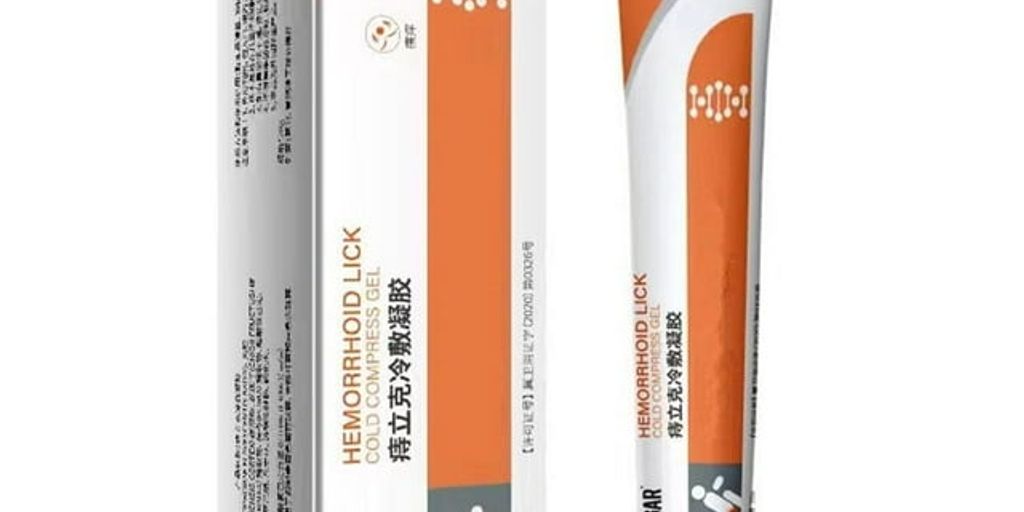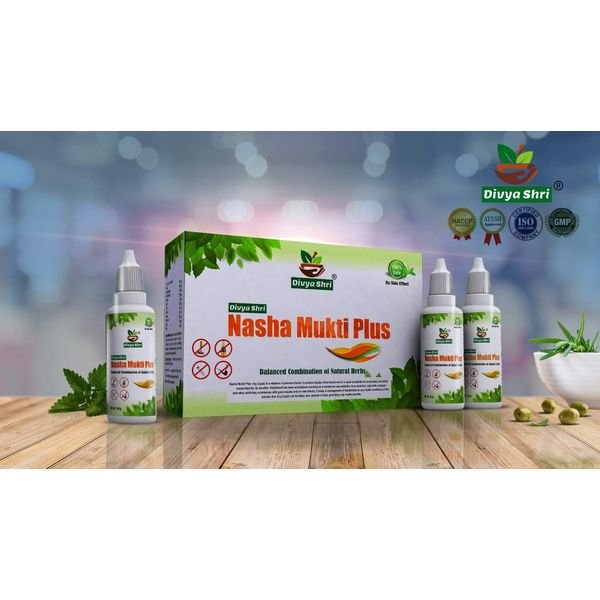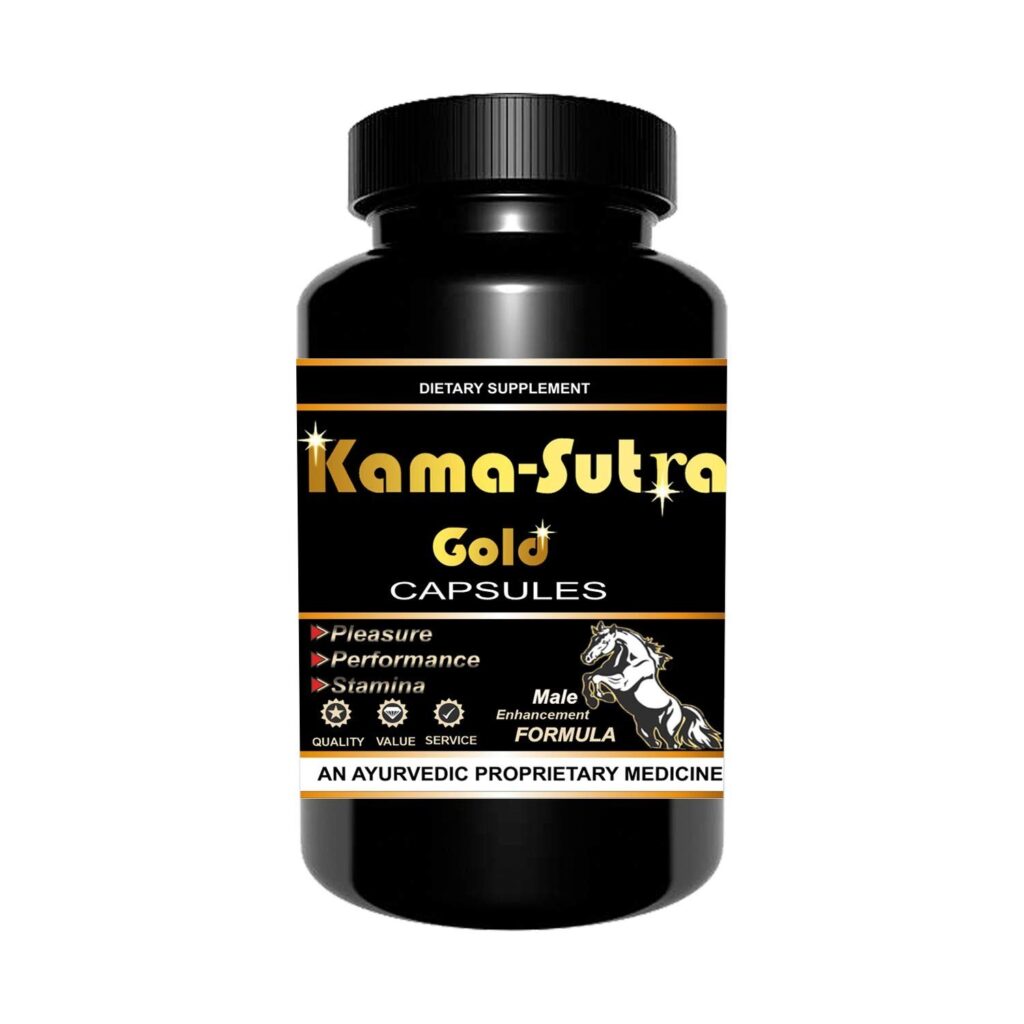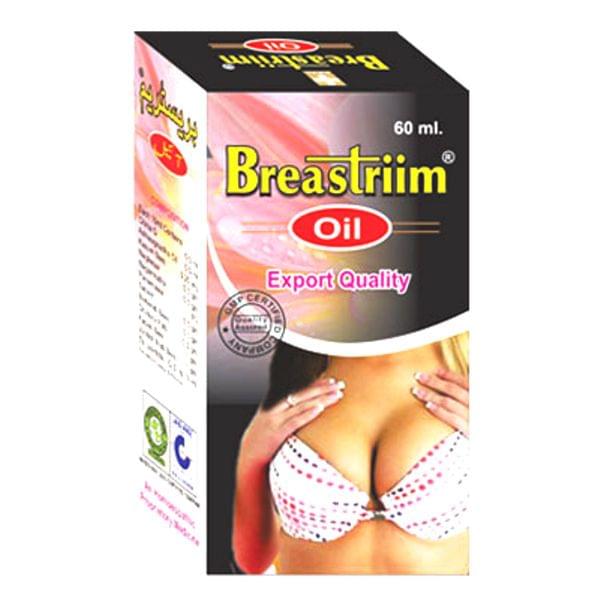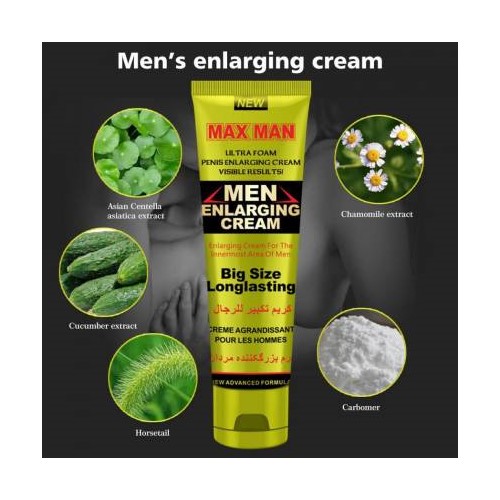Dealing with piles can be really painful and uncomfortable. Choosing the right ointment can make a big difference in getting relief. This article will help you understand piles, how ointments work, and what to look for when picking one. We’ll also cover how to use them properly and some lifestyle changes that can help.
Key Takeaways
- Piles are swollen veins in the lower part of your rectum or anus, and they can be very painful.
- Ointments can help reduce pain and swelling, making you feel better quickly.
- Look for ointments with natural or pharmaceutical ingredients known to help with piles.
- Always follow the application instructions to get the best results.
- Making changes to your diet and lifestyle can also help manage piles more effectively.
Understanding Piles and Their Symptoms
What Are Piles?
Piles, also known as hemorrhoids, are swollen veins in the lower part of the rectum and anus. They can cause discomfort, itching, and sometimes bleeding. There are two types: internal and external piles. Internal piles are located inside the rectum, while external piles develop under the skin around the anus.
Common Symptoms of Piles
With external piles, you may experience symptoms like anal itching, one or more hard and tender lumps near your anus, and pain near the anal area, especially when sitting. Other common symptoms include:
- Bleeding during bowel movements
- Swelling around the anus
- Irritation and discomfort
When to Seek Medical Advice
It’s important to seek medical advice if you notice significant bleeding, severe pain, or if the symptoms persist for more than a week. A healthcare professional can provide a proper diagnosis and recommend the best treatment options.
If you experience severe pain or bleeding, consult a doctor immediately to rule out other serious conditions.
How Ointments Help in Piles Pain Relief
Mechanism of Action
Ointments for piles work by creating a protective barrier on the skin. This barrier helps to reduce irritation and inflammation. They often contain ingredients that numb the area, providing quick pain relief. Some ointments also have anti-inflammatory properties that help to reduce swelling.
Types of Ointments Available
There are several types of ointments available for piles pain relief. These include:
- Over-the-counter wipes or creams: These often contain lidocaine or witch hazel, which can soothe pain and itch with no side effects.
- Prescription ointments: These may contain stronger medications like hydrocortisone to reduce severe inflammation.
- Natural ointments: These use ingredients like aloe vera or coconut oil to provide relief.
Benefits Over Other Treatments
Ointments offer several benefits over other treatments for piles. They are easy to apply and provide quick relief. Unlike oral medications, they target the affected area directly. This means fewer side effects and faster results. Ointments are also less invasive than surgical options, making them a good first choice for many people.
Using ointments can be a simple and effective way to manage piles pain. They offer a non-invasive option that can be used at home, providing relief without the need for a doctor’s visit.
Key Ingredients to Look for in an Ointment for Piles Pain
Natural Ingredients
When choosing an ointment for piles pain, look for natural ingredients like witch hazel and aloe vera. These ingredients are known for their soothing properties and can help reduce inflammation and itching. Witch hazel is particularly effective in reducing swelling and providing relief from discomfort.
Pharmaceutical Ingredients
Pharmaceutical ingredients such as lidocaine and hydrocortisone are commonly found in piles ointments. Lidocaine acts as a local anesthetic, numbing the area and providing immediate pain relief. Hydrocortisone helps to reduce inflammation and itching, making it easier to manage the symptoms of piles.
Ingredients to Avoid
It’s important to avoid certain ingredients that can irritate the skin or worsen the condition. Ingredients like alcohol and artificial fragrances should be avoided as they can cause further irritation. Always read the label carefully to ensure the ointment does not contain any harmful substances.
Choosing the right ointment with the appropriate ingredients can significantly improve your comfort and aid in the healing process.
How to Apply Ointment for Maximum Relief
Step-by-Step Application Guide
To get the best results from your ointment, follow these steps:
- Clean the affected area with mild soap and water. Pat dry with a soft towel.
- Wash your hands thoroughly before applying the ointment.
- Apply a small amount of ointment to the affected area using a clean finger or applicator.
- Gently rub the ointment in until it is evenly spread.
- Wash your hands again after application.
Frequency of Application
For optimal relief, apply the ointment as directed by your healthcare provider. Generally, this means applying it 2-3 times a day, especially after bowel movements and before bedtime.
Tips for Enhanced Efficacy
- Store the ointment in a cool, dry place to maintain its effectiveness.
- Avoid using other topical treatments on the same area unless advised by a doctor.
- Wear loose-fitting clothing to reduce irritation and allow the ointment to work better.
Consistent application and proper hygiene can significantly improve your comfort and speed up the healing process.
Potential Side Effects and Precautions
Common Side Effects
Using ointments for piles can sometimes lead to minor issues. Common side effects include a burning sensation or irritation at the application site. If you notice any severe reactions, stop using the ointment and consult a doctor.
Who Should Avoid Using Ointments
Not everyone should use these ointments. If you are allergic to any ingredients, it’s best to avoid them. Pregnant or breastfeeding women should also talk to their healthcare provider before using any ointment.
Precautionary Measures
To stay safe, always follow the instructions on the label. Wash your hands before and after applying the ointment. Avoid using the ointment on broken skin or open wounds. If you experience any discomfort, stop using the product and seek medical advice.
It’s important to be cautious and aware of how your body reacts to the ointment. Always prioritize your health and safety.
Choosing the Right Ointment for Your Needs
Consulting a Healthcare Professional
Before picking an ointment, it’s wise to talk to a healthcare professional. They can help you understand your symptoms and suggest the best treatment. Consulting a doctor ensures you get the right product for your needs.
Reading Labels and Reviews
When choosing an ointment, always read the labels. Look for key ingredients and check for any potential allergens. Reviews from other users can also be helpful. They can give you an idea of how well the product works for others with similar symptoms.
Considering Your Specific Symptoms
Different ointments target different symptoms. Some are better for itching, while others focus on reducing swelling. Make sure to pick an ointment that addresses your specific needs.
Remember, the right ointment can make a big difference in your comfort and healing process. Take the time to choose wisely.
Lifestyle Changes to Complement Ointment Use
Dietary Adjustments
Eating the right foods can make a big difference in managing piles. Adding more fiber to your diet helps soften stools, making them easier to pass. This can reduce the strain during bowel movements, which is a common cause of piles. Drink plenty of water to stay hydrated and help your digestive system work smoothly. Avoid spicy foods and caffeine, as they can irritate your digestive tract.
Exercise and Physical Activity
Regular exercise is another way to help manage piles. Activities like walking, swimming, or yoga can improve blood flow and reduce pressure on the veins in your rectal area. Aim for at least 30 minutes of moderate exercise most days of the week. Avoid heavy lifting or strenuous activities that can worsen your symptoms.
Hygiene Practices
Good hygiene is crucial when dealing with piles. Keep the anal area clean and dry to prevent infection and irritation. Use soft, unscented toilet paper or wipes to avoid further irritation. Taking warm baths can also help soothe itching and discomfort. Remember to pat the area dry gently after washing.
Making these lifestyle changes can enhance the top benefits of using piles ointment for quick relief. They can soothe itching, promote healing, and minimize swelling, making your treatment more effective.
Making small changes in your daily routine can boost the effectiveness of your ointment. Simple steps like eating healthier, staying active, and getting enough sleep can make a big difference. Want to learn more tips? Visit our website for more information and start your journey to better health today!
Conclusion
Choosing the right ointment for piles pain relief can make a big difference in your comfort and healing. It’s important to understand the different types of ointments available and how they work. Always consider your specific symptoms and consult with a healthcare provider to find the best option for you. Remember, the right treatment can help you get back to your daily activities without the pain and discomfort of piles.
Frequently Asked Questions
What are piles and what causes them?
Piles, also known as hemorrhoids, are swollen veins in the lower part of the rectum and anus. They can be caused by straining during bowel movements, sitting for long periods, or chronic constipation.
How can I tell if I have piles?
Common signs of piles include pain during bowel movements, itching, and bleeding. If you notice these symptoms, it’s a good idea to talk to a doctor.
How do ointments help with piles pain?
Ointments for piles can reduce pain and swelling. They often contain ingredients that soothe the area and make bowel movements less painful.
Are there any side effects of using ointments for piles?
Some people might experience mild side effects like skin irritation or a burning sensation. If you have any severe reactions, stop using the ointment and see a doctor.
Can I use piles ointments if I’m pregnant?
If you’re pregnant, it’s best to talk to your doctor before using any ointment. Some ingredients might not be safe during pregnancy.
What lifestyle changes can help with piles?
Eating more fiber, drinking plenty of water, and exercising regularly can help prevent and manage piles. Good hygiene practices are also important.


